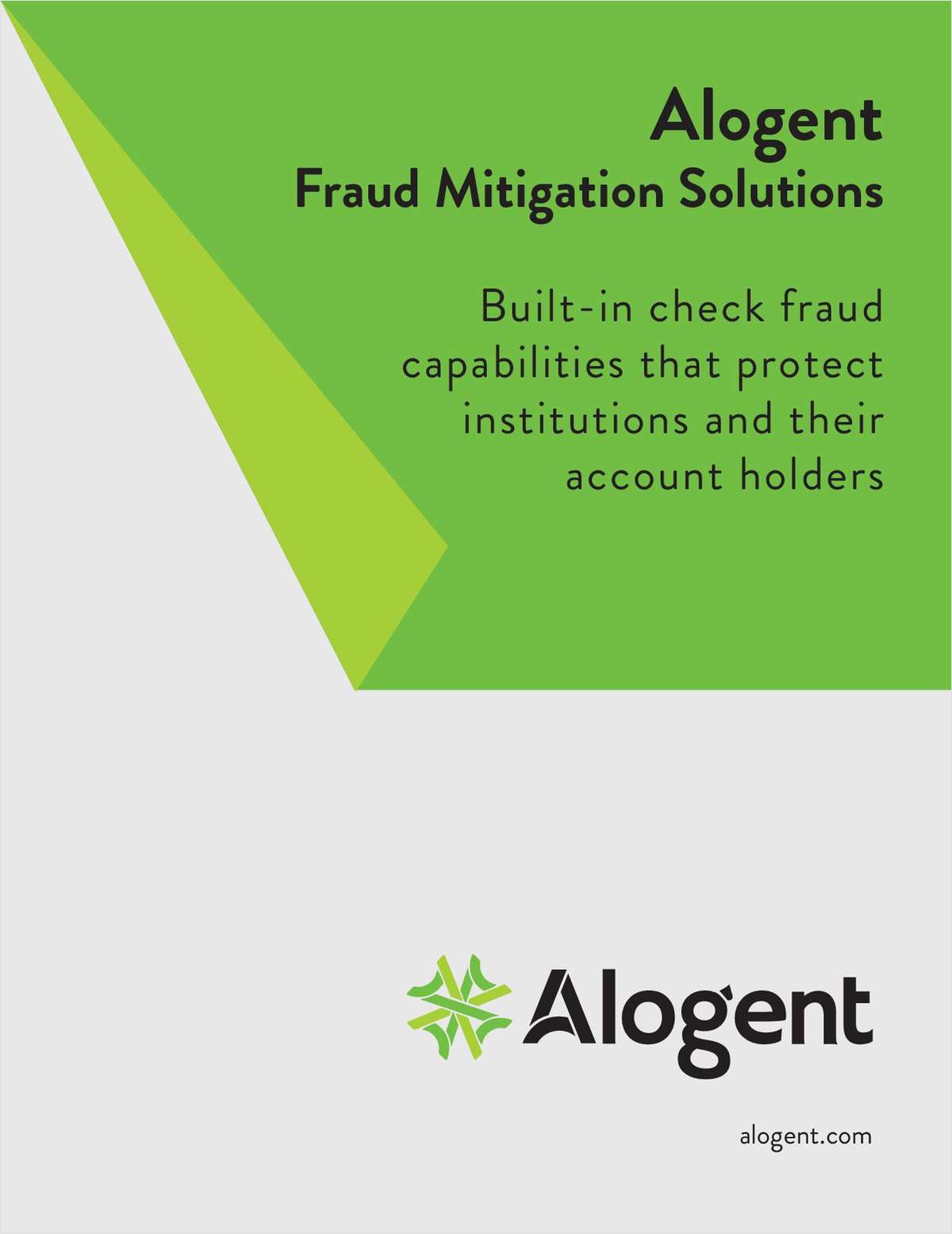It started with simple share accounts; then share drafts, IRAs, CDs and others joined the credit union's growing menu. Perhaps it was only natural that the Internet explosion would spawn the newest type of account: the e-account. Though the requirements, services, and even the names may vary tremendously from one credit union to the next, the premise behind an "e-account" remains consistent: to encourage the use of electronic channels instead of the branch. The objectives also are similar: to speed service, reduce costs, improve convenience, and develop "sticky" relationships with highly profitable members. It all sounds great in theory. But as with any business strategy, it only works if you have all your ducks in a row. Succeeding with e-accounts requires a well-conceived plan that considers every aspect of the credit union it will affect - including policies and procedures, legal/compliance issues, operations, and technology. Some of the most important considerations include the following. Product offer. To be effective for the credit union and valued by the member, your offer must include a mix of requirements and perks. Most credit unions require e-accounts to have direct deposit (an easy way to reduce manual work and payday traffic); other common requirements include Internet banking, active use of online bill payment, e- statements, and online check images. By meeting these criteria, the e-account member receives perks like reduced or waived fees, higher deposit rates, or lower loan rates. Conversely, failing to meet these criteria may cause the e-account member to lose these perks and incur fees (for bill payment inactivity or a paper statement, for example). Functionality. By their nature, e-accounts demand robust functionality for every electronic channel you expect those members to use. But be sure to go beyond the basics. For example, it's not enough to just offer online bill payment. You need to make sure it's easy to use, 100% reliable, and can quickly schedule and process payments, otherwise your members will balk. The same holds true for Web-based lending: it needs to support instant decisions and fast, streamlined disbursement. Consistency. If ever there was an example of the tail wagging the dog in the credit union industry, it's got to be the Internet's influence on traditional channels. Credit unions used to worry their Internet banking sites didn't offer the same breadth of services available through tellers and MSRs. Now, the Web is often ahead of traditional channels and driving the core system to keep up. No matter where the push originates, it's critical to keep all channels consistent on many levels - the capabilities offered, the member/account information available, even the look-and-feel. While there's no magic answer yet, there are steps you can take to make the experience more consistent across channels. One strategy is to use real-time, XML-based interfaces from your core system to ancillary systems like third-party credit card or mortgage processors. This helps ensure that if a member makes a real-time change via one channel, that change is reflected in real-time in all other channels. Another strategy is to allow members to use a single sign-on for all of your Internet services, even if they originate from different providers. Availability. To work with you primarily via technology, members must feel confident. And nothing erodes that confidence like a service that's unavailable. When calculating your ROI for an e-account program, be sure to factor in the necessary investment in high availability systems. At a bare minimum, you'll need redundant Web servers with redundant disks; an arrangement with a secondary ISP (Internet Service Provider); spare networking components; and a back-up power source. Marketing. If these members no longer visit you and you no longer mail them statements, how will you market new products and services to them? E-mail is increasingly the vehicle of choice; and the good news is that members seem receptive to it. One Callahan & Associates survey found three out four members want e-mail from their credit union; another Callahan study found 50% of respondents were interested in receiving marketing information within the e-statement notification - an opportunity to deliver a "virtual stuffer." High on the list is relevant information about their specific accounts (e.g. notification of an NSF) or services they've expressed interest in. Beyond allowing members to choose from a standard list of topics, some credit unions enable them to opt-in for personalized e-mail alerts of their choosing (e.g. "tell me when my balance falls below $500"). Down the road, look for ATMs to begin delivering personalized marketing alerts, too - another chance to connect with e-account members. E-mail management. The use of e-mail as a marketing device only works if you maintain accurate, current addresses - no small task. First, you'll need to decide where your address database will reside. If it exists outside your core processing system, you'll need to determine how to integrate the two to minimize slow, costly manual work. Ideally, you want to automatically identify undeliverable addresses and alert your front-line staff or the member, during the next point of contact, that a valid address is needed. If that process isn't automated, you'll start eroding the savings you hoped to achieve through an e-account. Compliance tracking. Tracking how e-account members transact business with you is more than just a nice-to-know; you need to track activity so you can assess fees or change rates accordingly. In many cases, the same type of software that facilitates relationship pricing programs can help track the e-account relationship. The software typically looks at "counters" built into other applications (like home banking), determines the member's eligibility for the relationship, and automatically assesses the right fees and rates. By setting up the e-account as a type of relationship and specifying both the criteria and perks, you can use this type of technology to eliminate manual tracking. The e-account offers opportunities to achieve the kinds of goals most credit unions are pursuing today, including lower costs, greater efficiency, and improved service. But before you leap, be sure to look - ensuring your operation is ready for the many implications this strategy will surely bring.
Complete your profile to continue reading and get FREE access to CUTimes.com, part of your ALM digital membership.
Your access to unlimited CUTimes.com content isn’t changing.
Once you are an ALM digital member, you’ll receive:
- Breaking credit union news and analysis, on-site and via our newsletters and custom alerts
- Weekly Shared Accounts podcast featuring exclusive interviews with industry leaders
- Educational webcasts, white papers, and ebooks from industry thought leaders
- Critical coverage of the commercial real estate and financial advisory markets on our other ALM sites, GlobeSt.com and ThinkAdvisor.com
Already have an account? Sign In Now
© 2024 ALM Global, LLC, All Rights Reserved. Request academic re-use from www.copyright.com. All other uses, submit a request to [email protected]. For more information visit Asset & Logo Licensing.









